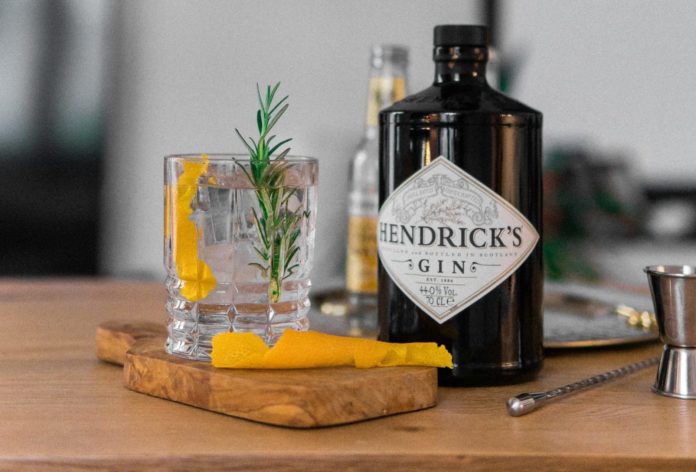As summer approaches, many of us will start ordering gin and tonics or making them at home. This cocktail is a perfect choice for outdoor, warm-weather sipping and is so simple to make. While it’s a favorite these days, did you know that gin and tonic has a fascinating origin story that spans centuries back and travels across continents?
Out of Neccesity
From the 17th to the 19th centuries, the British East India Company colonized and controlled trade in the Indian Subcontinent. Their army, tasked with defending their control of the region, struggled with the harsh conditions in this tropical region, including the disease of malaria.
After research in the 18th century by British doctors showed that quinine, a chemical compound obtained from the bark of the cinchona tree, which is present in the region, could be an effective compound in curing this disease.
The Perfect Balance
Quinine was added to water, creating what we now know as “tonic water,” one of the two main ingredients in gin and tonics. However, its bitter taste was unpalatable by itself, so the soldiers began to mix sugar into the water, along with gin, lemon, and lime with it to make a tastier drink that they fell in love with.
Not only were gin and tonics delicious, but they also helped keep these soldiers alive and free of complications from a deadly tropical disease.
Think about this the next time you’re enjoying this classic cocktail!







